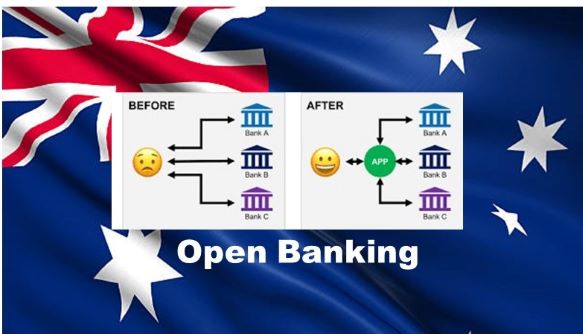The open banking regime officially began in Australia with the four major banks offering data on a variety of products as part of the regime’s roll-out.
The four major banks had a deadline of 1 July to make product data available on all credit and debit card, deposit and transaction accounts with more products to follow. By February, first mortgage data will have to be available, with eventually all products being available for the major banks by 2020. 1 July 2020 is the start date for all other banks to begin offering their credit and debit card product data with an end date of 2021. Customer data will be included in the regime by 1 February 2020, which will allow consumers to more fully control their data and enable greater transparency and competition throughout the industry.
Open banking has been sweeping across the world, with the most relatable example for Australia being the UK open banking regime.
The UK introduced theirs following an exposure of poor practice, not dissimilar to Australia. Where it differs though is that the UK regime applies to only nine banks, whereas Australia’s will apply to all ADIs. The Australian regime only grants read-only access to data with reciprocal obligations and an eventual plan to open to other industries, such as utilities. What it will eventually mean is that customers of a bank can request or give consent for their data to be shared with an accredited third party, such as a bank, financial services provider, utility provider or a telecommunications provider.
Fintech response
Deputy chief executive of neobanks Volt Luke Bunbury said it will mean that the incumbent banks will need to innovate to compete with newer entrants. “This means the incumbent banks will have to innovate to compete, as there will be a long line of fintechs and neobanks like Volt wanting to harness this data to offer customers a superior banking experience.
“Customers will be the masters of their data, and third parties will have to earn it by being innovative and trustworthy,” he said. Part of this was changing the narrative by offering an improvement to lives and not just the sale of products, said Mr Bunbury. “Volt and other innovative banks will be able to help Australians find and secure better deals on a range of banking and even non-banking services, like utilities and travel. “By enabling data to be shareable across financial institutions, it will be also possible for customers to manage multiple bank accounts from one mobile app, regardless of whether the accounts are held with rival banks,” he said.
Chief executive of Verrency David Link said the regime was going to eventually drive greater innovation. “While 1 July 2019 will not drastically change the way Australians bank – as only product, rather than customer, data will be available until 1 February 2020 – this is a huge step towards that much more transformative change,” Mr Link said.
Banks would have to start to offer a personalised consumer offering, said Mr Link, and those that are agile were going to thrive.
“The effective use of data and access to new value-added services will slowly become a major decision-driver for consumers when it comes to choosing or changing who ‘owns their relationship’.
“Banks which don’t take this extremely seriously are going to slowly struggle to remain competitive. On the other hand, those which take steps to become more agile – especially in their ability to deliver value around the consumer relationship – are going to thrive in the post-open banking landscape,” he said.
Source: Australian Investordaily


























